Hey Everyone, welcome back to Free Motion Friday.
I had a request from one of my readers to talk about doing free motion quilting on a domestic sewing machine. I have decided to start with the basics today and will elaborate on free motion quilting in the weeks to come. I have done a bit of free motion over the years and only with lots of practice and patience have mastered some of it – I still have lots to learn.
What you will need:
Feet
A free motion foot also known as a darning foot. (Here’s a selection of Free Motion Quilting Feet on Amazon – make sure you order one that fits your machine.)
Most darning foots have a spring which aids the foot in moving up and down. There are some that do not have a spring and instead have an arm like the walking foot that helps the foot move along the fabric – these are usually with older model machines. Some free motion feet are closed toed and some are open toed. Some are totally made of metal while others are made with both metal and plastic. I prefer the open toed one as it is easier to see what you are doing and where you are going.
Gloves
Gloves with rubber fingertips are a must to help master free motion quilting. The rubber tips help to grab onto the fabric with out physically grabbing a handful of fabric. Only the fingertips touch the piece that is under the machine.
There are many different brands out there and it is personal preference as to which ones you use. My favourite are Machingers as they come in extra small, fit nice and snug for my extra small hands and do not make my hands sweaty. Fons and Porter make a nice pair as well and they come in different colours depending on what size you are. Most do have a good variety of sizes.
Gardening gloves will work as well but make sure they are clean. I am not sure how well they will breathe though and your hands may get rather sweaty.
Machine
As long as the machine has a darning foot and the ability to drop the feed dogs then you can do free motion quilting with it. Dropping the feed dogs will help to move the fabric around easier. Some people though do do free motion with the feed dogs up – I find there is drag when I do this.
Some machines have more room in the throat than others. The basic domestic machine has 6 -8 inches which is plenty – now you may not be able to do a king size quilt this way unless you quilt it in sections but you can certainly do smaller projects and possibly quilts up to a double size.
The newer machines that are labelled as quilting machines often will have more throat space which does make it easier to move the quilt around under the machine. Some of these machines have up to 14 inches of space – very nice indeed but not all can afford such a machine.
Extension Table
Adding an extension table to your machine will allow the quilt to move a little more freely. I have found that I build up my whole table around the extension table with small rubbermaid containers as well as my thread containers to make the whole surface the same height as the sewing machine. This ensures there is no drag on the quilt which means it moves freely and with ease. Check out my post on how to extend your quilting work space.
Practice
Free motion quilting is not something that is perfected overnight, not even in a weekend. It takes lots of practice, practice and more practice to get it mastered. Starting small and practicing on scrap sandwiches is the key to mastering the technique of free motion.
Patience
Above all patience is the most important ingredient to being successful at free motion quilting. Don’t get discouraged just keep on trying and practicing as it takes time. Be patient and you will succeed.
I’ll leave with you a quote that my first assistant head nurse was always saying to me. I have no idea who said it or where it came from but it has stuck with me for 25 years.
Patience is a virtue, virtue is a grace and Grace is a little girl who wouldn’t wash her face!
Happy Quilting!

Disclosure Note: I buy and use the products mentioned in this post and write about them without influence from the designer or any other commercial interests. I have included links to the products on Amazon.com and may receive a small commission if you purchase from these links. This doesn’t cost you any more to purchase these items but it does help me maintain this website, so I hope that you will please use these links.
I shared this on Freemotion by the River

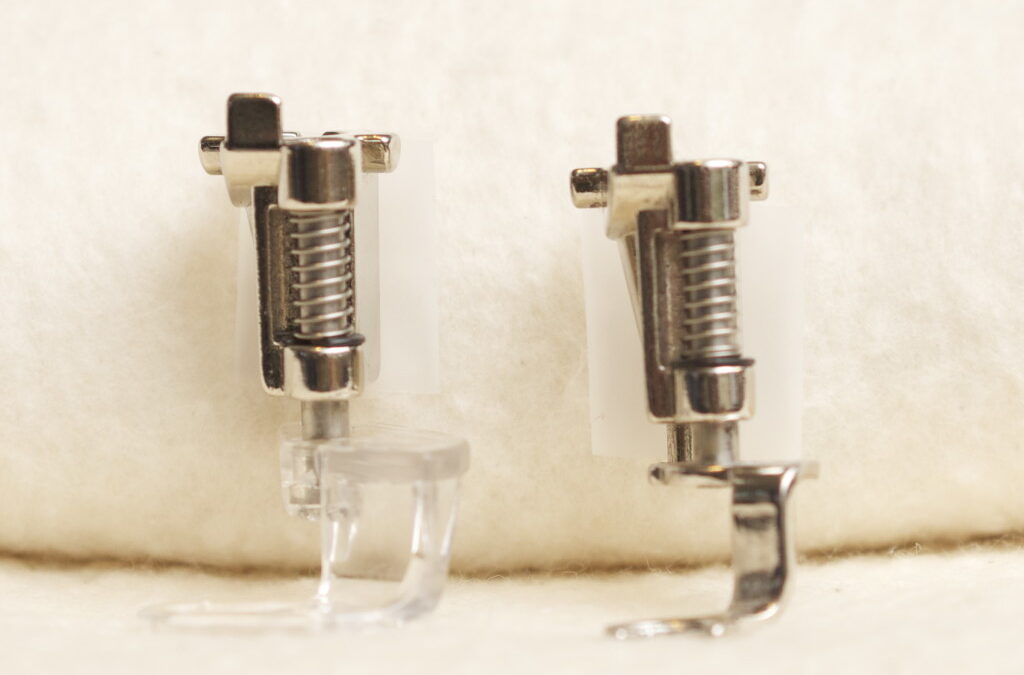
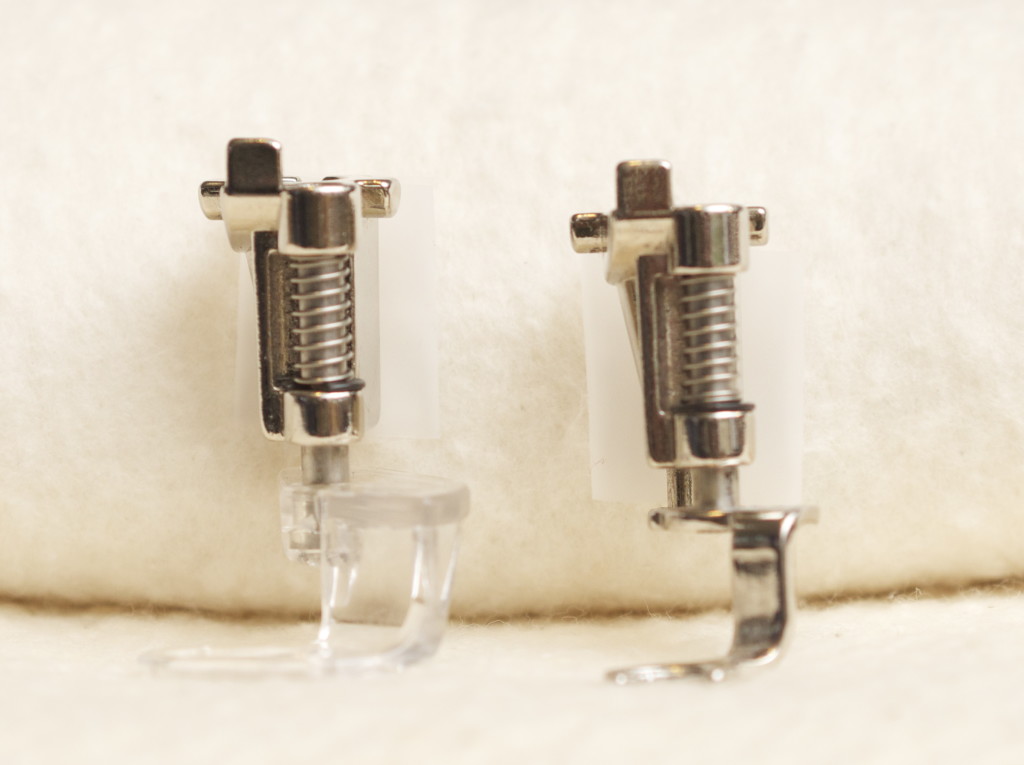
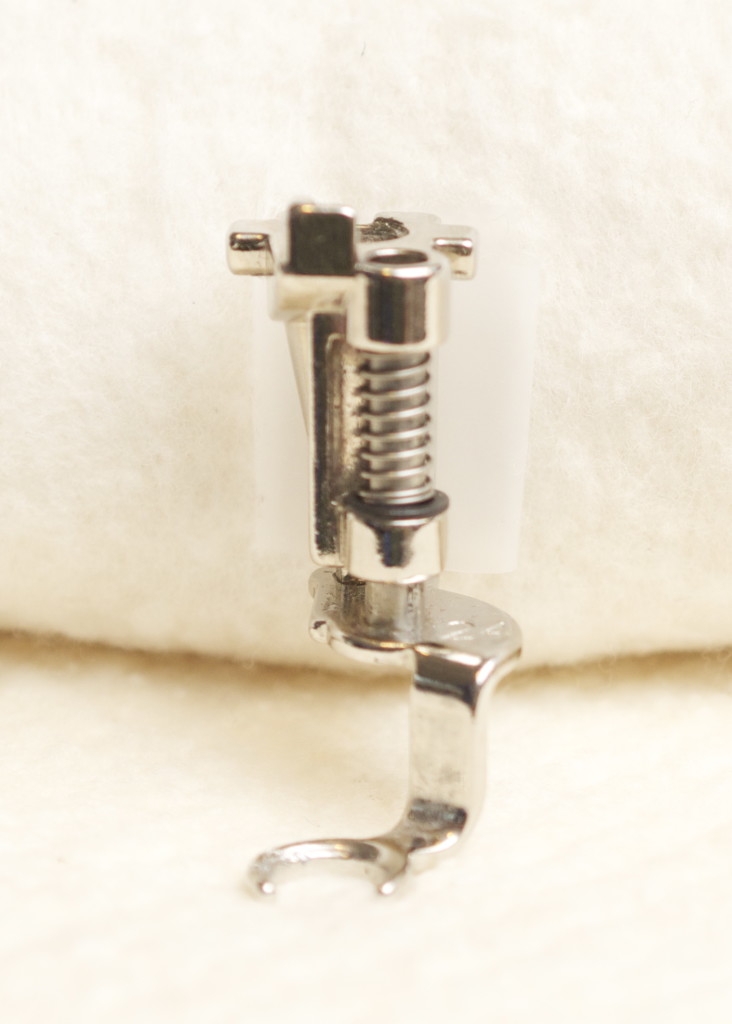
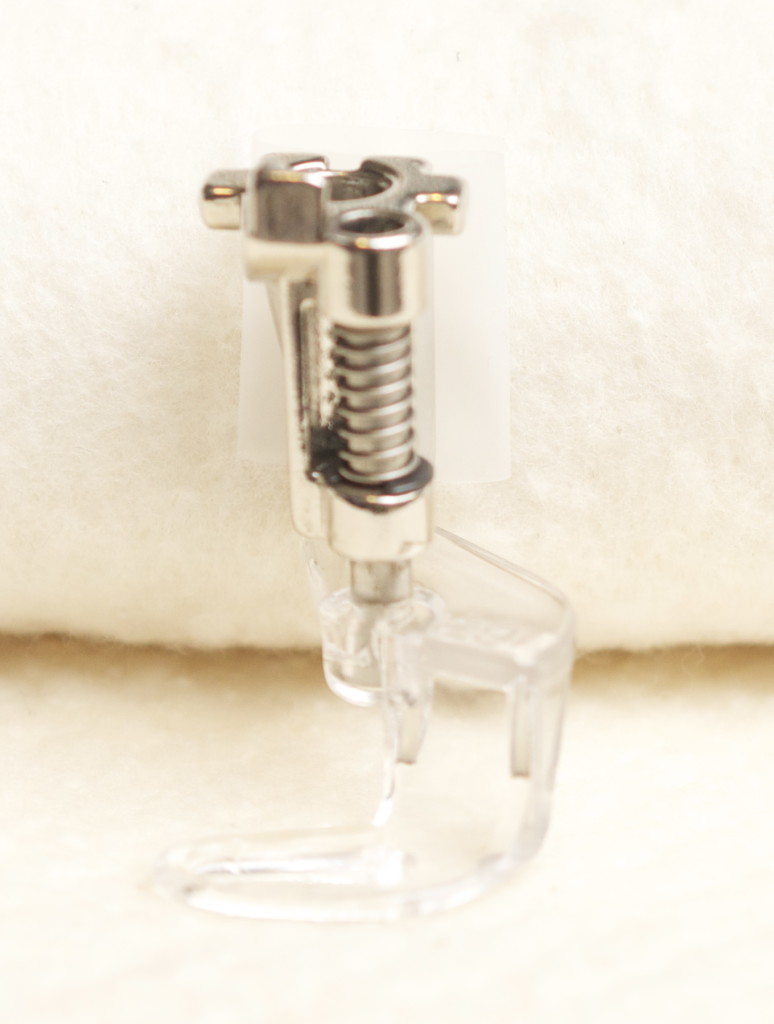
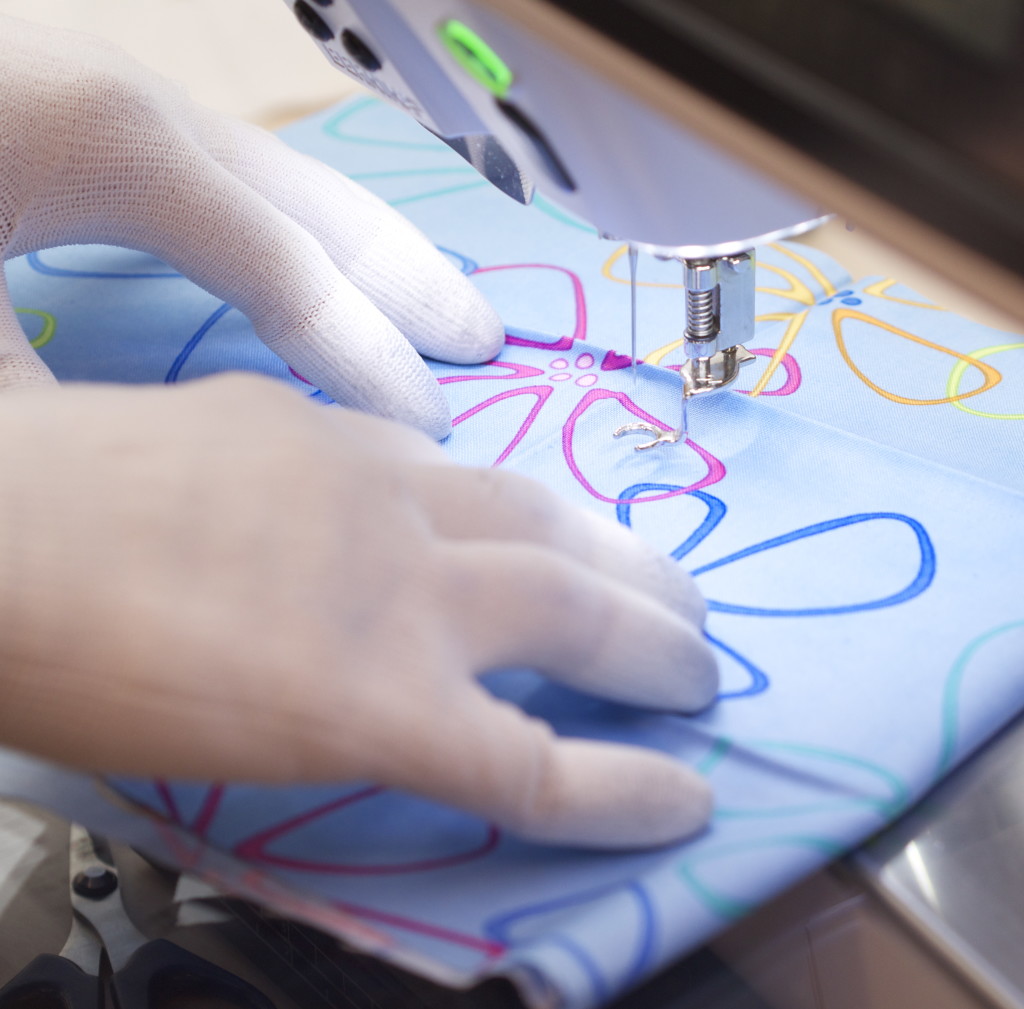
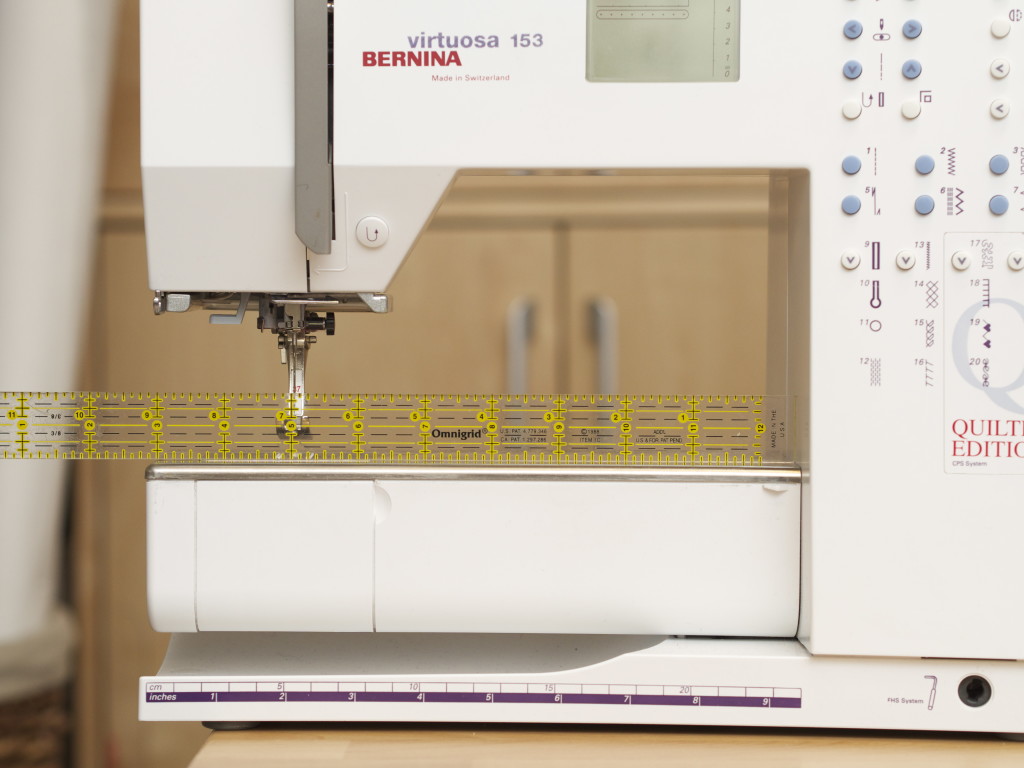
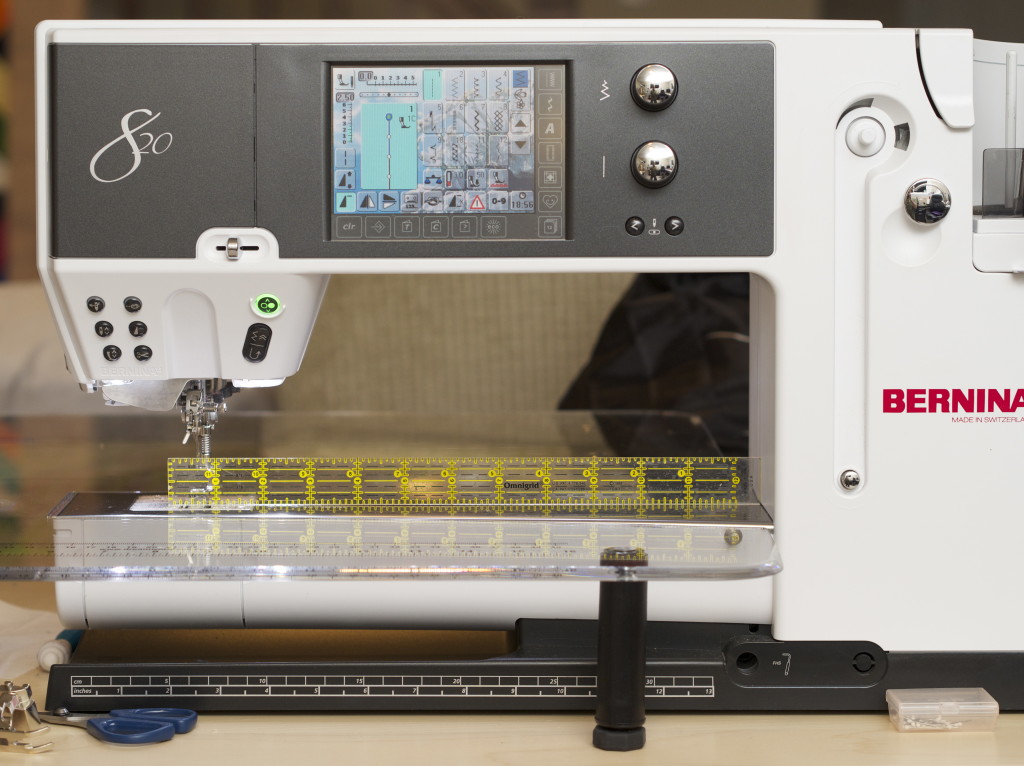

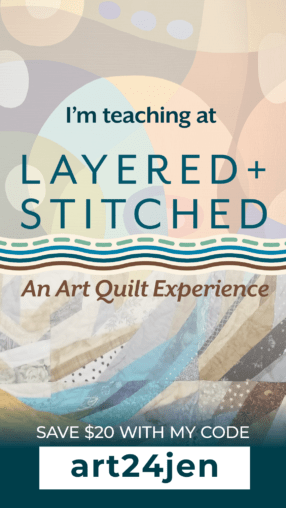

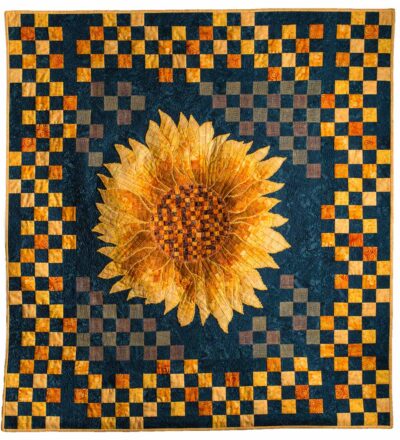
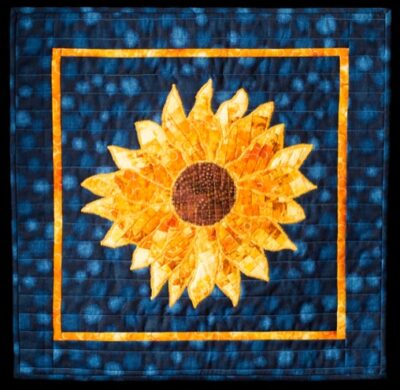
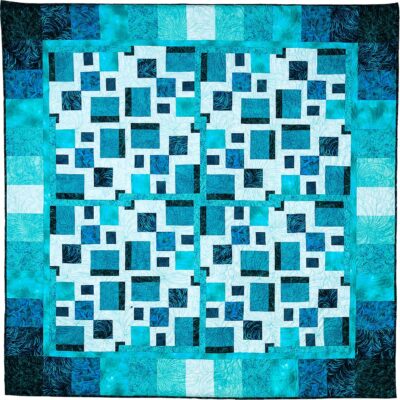
I agree with you!